THIS CONTENT IS BROUGHT TO YOU BY The Norwegian School of Sport Sciences - read more
Para sports: "The sports community was my absolute saving grace"
Vilde Nilsen is thankful to sports, but many children are left without opportunities. "What worries me most about para sports in Norway is that it often comes down to luck," says a researcher.
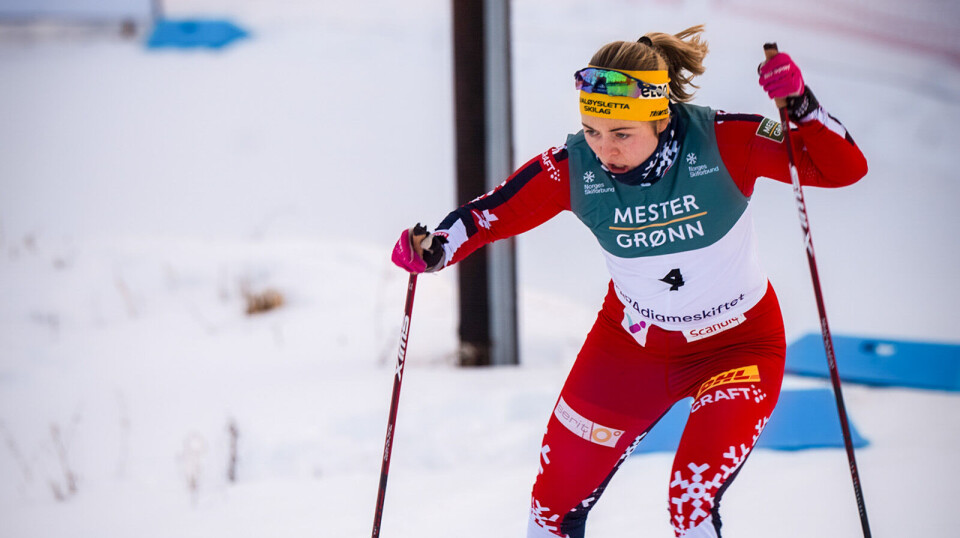
“Being able to do cross-country skiing and be part of a sports community while I was sick, and afterwards, has been my absolute saving grace,” says Vilde Nilsen.
The world champion from last winter's World Championships in Trondheim shares her story of being included in sports.
Diagnosed with a rare disease at eight years old
In Trondheim, she competed as a para-athlete for the first time alongside able-bodied athletes in a World Championship event.
When she was diagnosed with a rare connective tissue disease at the age of eight, she feared her dream of becoming like skiing legend Marit Bjørgen might never come true.
“One of the first times I was at the hospital after getting sick, I remember being completely devastated – not just because I was sick, but because I missed a team training session with my ski club,” she recalls.
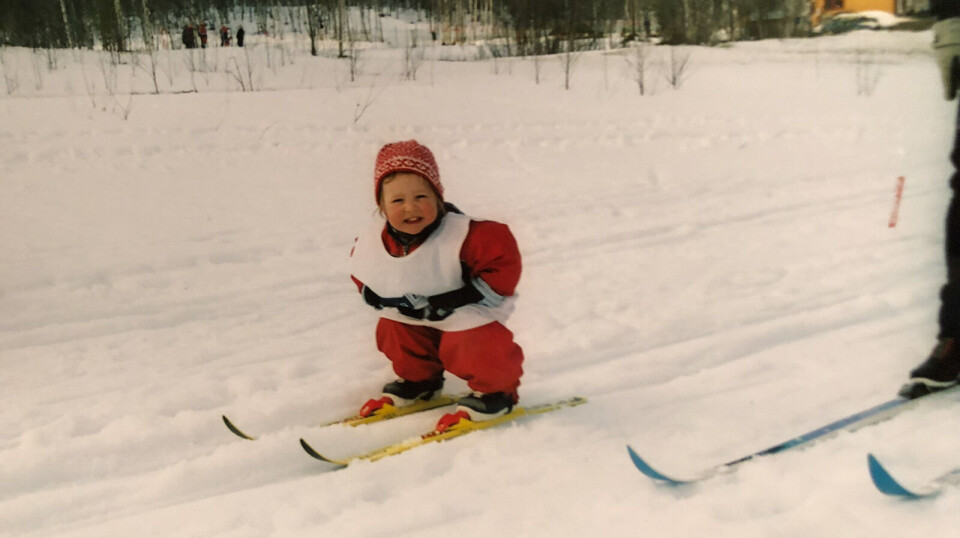
Having been an active skier before falling ill, Vilde had a supportive club environment that embraced her.
“The support and follow-up I received from a young age until now have been absolutely crucial for me to become the athlete I am today,” she explains.
Interviewed youth athletes
Not everyone is as fortunate as Vilde.
New research from the Norwegian School of Sport Sciences (NIH) and the doctoral work of Linn Engdahl-Høgåsen highlights the challenges many children and youth with disabilities face in sports.
Engdahl-Høgåsen has studied the inclusion of children and youth with disabilities in sports. She interviewed seven youth aged 13 to 19 from across Norway, all involved in different sports.
While these youth continued in sports during the critical transition from childhood to adolescence – an age where many drop out – many, like Vilde, have benefitted from exceptionally supportive environments.
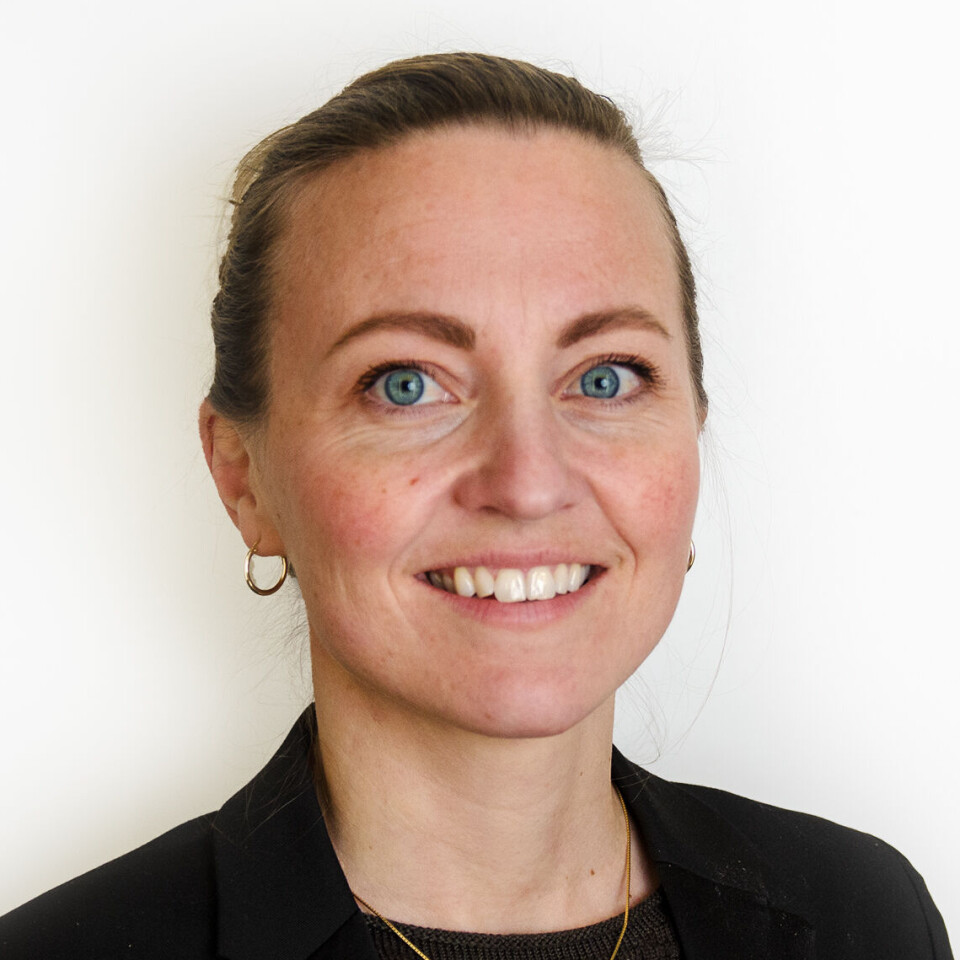
“What worries me most about para sports in Norway is how much of it depends on luck. If you happen to join a club where people are open, motivated, and eager to include, then you may get great opportunities. But that's far from guaranteed. Far too many are left out because the system doesn’t automatically catch them,” says Engdahl-Høgåsen.
She believes the biggest obstacle is not a lack of knowledge.
“I wish we talked more about how important willingness and attitudes are, and a little less about knowledge as a prerequisite,” she says.
“You don’t need to have all the answers to run an inclusive sports club. The most important thing is welcoming children and youth with open arms and a willingness to find solutions together,” she adds.
Coaches play a key role
The young athletes emphasise the importance of the people around them in sports, particularly the expectations placed on them as equals to other athletes.
“How the group includes you makes a big difference for many. The coach is often identified as playing a very important role,” says Engdahl-Høgåsen.
The researcher believes there is still a significant lack of knowledge among sports clubs across the country.
“We know that children and youth with disabilities often receive poorer opportunities – both in school and in sports. And this isn’t just about funding or equipment, but about attitudes and structures. Many adults in sports want to include, but they don’t quite know how to do it,” she says.
Engdahl-Høgåsen points out that there are many stakeholders influencing para sports: municipalities, schools, sports clubs, and federations.
However, these groups don’t always work well together.
“That’s why it’s especially important that we gain more knowledge about what actually works – and what hinders participation,” she explains.

Parental support was key for Vilde
Vilde Nilsen’s parents worked hard to ensure that she could continue skiing and that her training could be adapted to her needs. Her coach and club were also very understanding. Unfortunately, not everyone is as fortunate as Vilde.
“My parents were very focused on not coddling me,” Vilde says. “ They reached out to clubs and figured out how things could be best adapted for me. It was also incredibly important that the coaches in those clubs were open to finding ways to include me, so I could take part in as much organised training as possible together with other athletes – and not be sidelined.”
Not everyone needs to aim for the Paralympics
The Norwegian Ski Federation immediately saw Vilde’s potential when she attended her first general para training camp.
“After I became part of an established para sports environment, everything just kept getting better. I met people who believed in me, who understood what I needed – both as an athlete and as a person,” she says.
However, Vilde is clear that not everyone needs to aim for gold medals at the Paralympics.
“Many people are hesitant to start para sports because they think they have to become world champions. Media coverage often focuses on those who win gold at the Paralympics,” she explains.
But medals aren’t what’s most important.
“The most important thing is what sports do for your health – getting out, trying new things, and feeling a sense of mastery, even if your starting point is a bit different from others," she says.
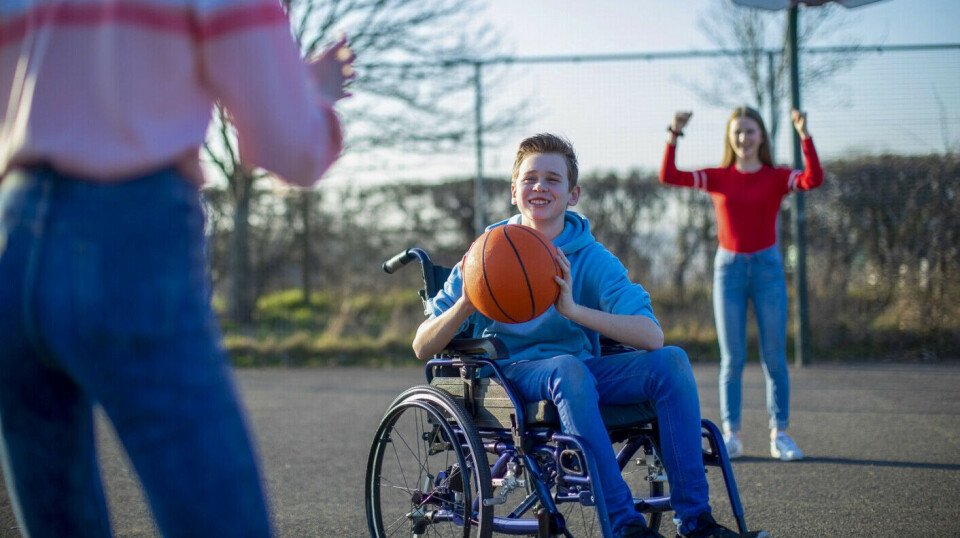
A dream inspired by Marit Bjørgen
For Vilde, cross-country skiing has been invaluable for managing her illness, which is now in remission thanks to medical treatment.
Being physically active during the active phase of her illness was incredibly beneficial for her condition.
Her childhood dream was to become like her role model, Marit Bjørgen – a skier who won the biggest races in the world.
When Vilde and her family realised that the Paralympics could be an achievable goal, it became a turning point for her.
However, it wasn’t until the World Championships in Trondheim last winter that Vilde truly felt recognised as an equal.
“The feeling in Trondheim was that we’re finally on the right track when it comes to being seen as equals to everyone else. For a long time, I felt that many viewed para sports in general as just recreational sports, even at my level. But after the World Championships, where people saw it on the biggest stage, I think they now understand that the level is very high,” says Vilde.
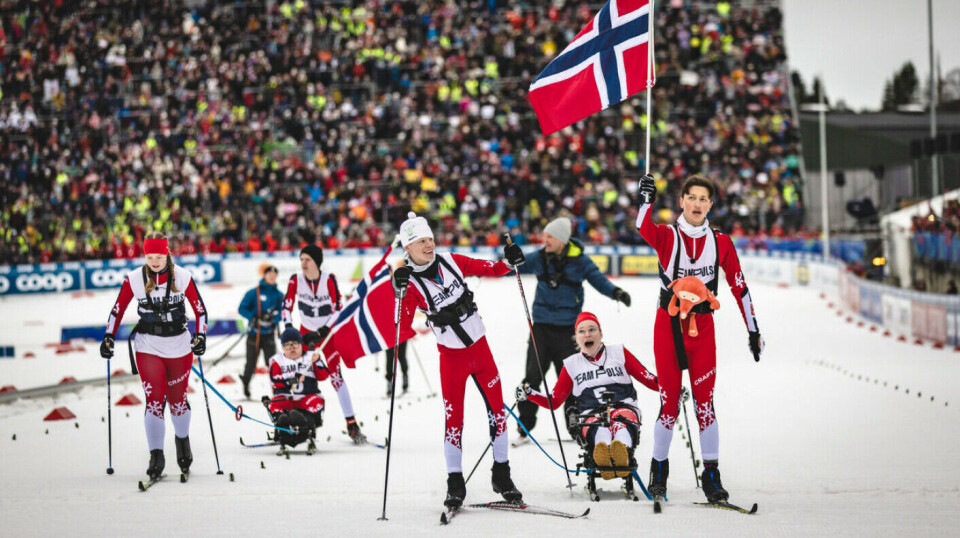
The ‘Team Pølsa’ effect
Vilde also believes that last winter’s popular Norwegian TV show Team Pølsa could have a major impact on the inclusion of children and youth with disabilities across the country.
“You can see and hear that many of these kids are now more appreciated in their classes and feel more included. It’s almost become cool and exciting to include others,” she says.
Linn Engdahl-Høgåsen hopes the series has inspired more self-reflection among those who work with children and youth.
What kind of attitudes do I have? How do I include others as a coach, teacher, or parent?
“I think the most important thing we can do is take others’ perspectives seriously. Maybe even be willing to change our views and see the value in being challenged on how we think the world should work. Many take their views for granted, even though those assumptions greatly influence the choices we make and the actions we take,” she says.
Listen to the Norwegian podcast episode below:
———
Read the Norwegian version of this article on forskning.no

This content is paid for and presented by The Norwegian School of Sport Sciences
This content is created by The Norwegian School of Sport Sciences' communication staff, who use this platform to communicate science and share results from research with the public. The Norwegian School of Sport Sciences is one of more than 80 owners of ScienceNorway.no. Read more here.
More content from The Norwegian School of Sport Sciences:
-
Football expert wants to change how people watch football at home
-
Kristine suffered permanent brain damage at 22: "Life can still be good even if you don’t fully recover"
-
Cancer survivor Monica trained for five months: The results are remarkable
-
What you should know about the syndrome affecting many young athletes
-
New findings on how athletes make the best decisions
-
Is the body just as strong after seven days of fasting? The findings surprised researchers




































